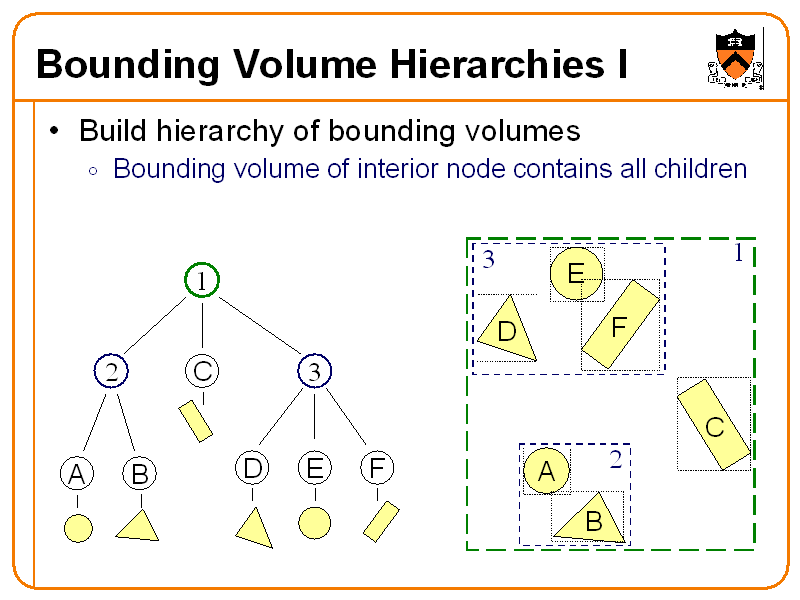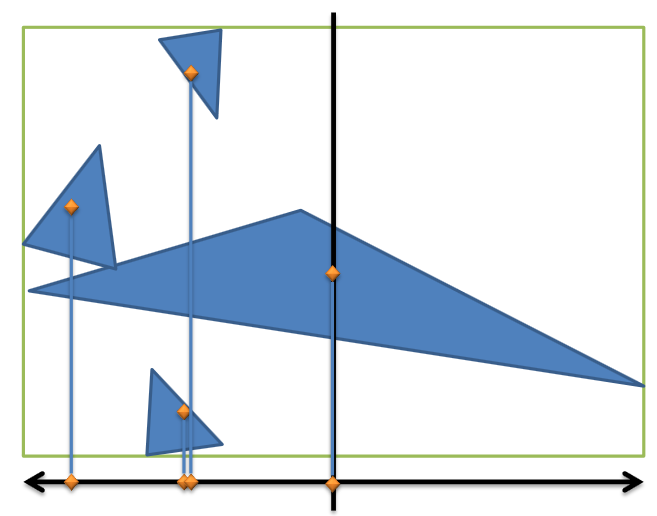Vilem Otte said:
As for your problem - you have a scene with geometry and huge amount of surfels (millions). From those millions you pick few hundred thousand for given frame, and now for geometry you need to find 4 closest surfels for each pixel and interpolate between them (to get F.e. indirect light or something … not that different from how generic final gathering works for photon mapping). Do I understand your problem correctly?
Yes.
The difference to PM or FG is that i should not need to do any kind of searching or clustering work at runtime, because preprocessing tools already have exact knowledge which N texels belong to which point on a certain triangle.
BTW, N does not necessarily need to be exactly 4. It would be an option to link only one closest surfel - i could find neighbors from adjacency information present in the tree, eventually.
But the plan is that each surfel corresponds to one texel of a lightmap. It's a bit more complicated: Becasue real LOD can change the topology and even genus of geometry. So i can not rely on one UV map and mips of texture as usual. Actually i need different UVs per lod and mip, and i need to match LOD mechanisms for both the surfels and the visible geometry. This is what makes my work so hard and success appears far fetched : )
But i hope there could be a solution to this ‘simple’ indirection problem which is unrelated to all this complexity.











